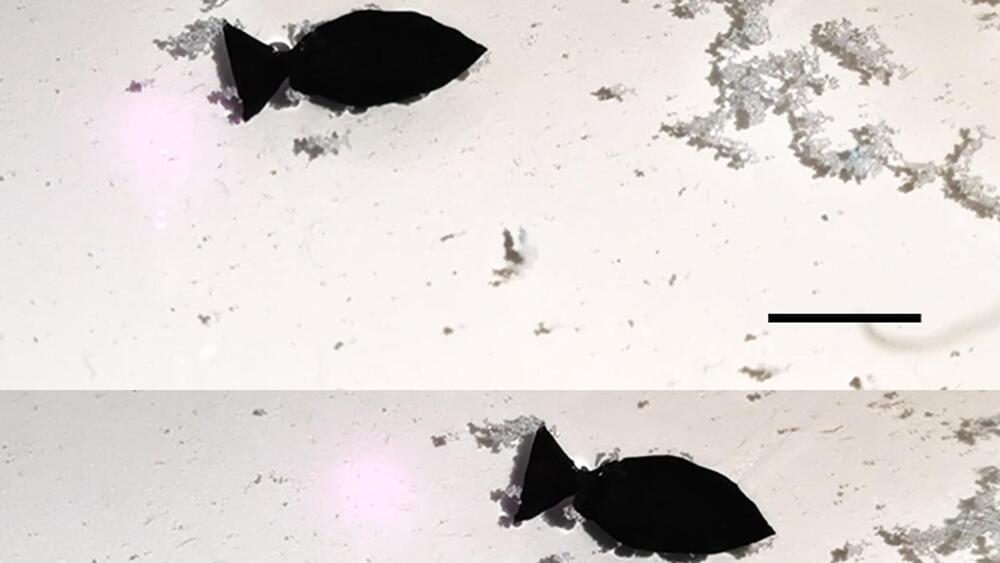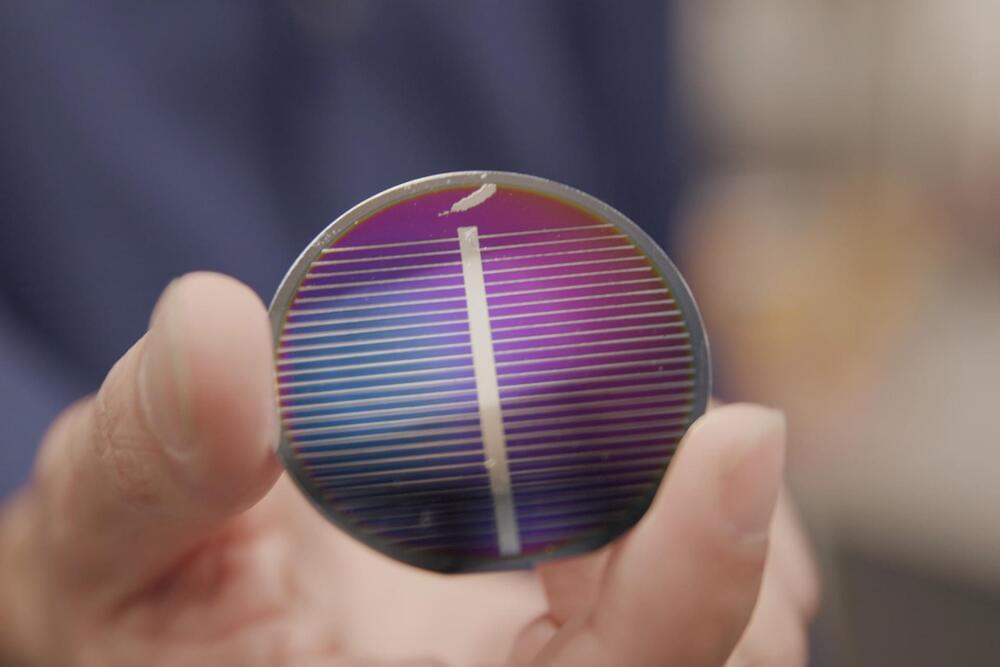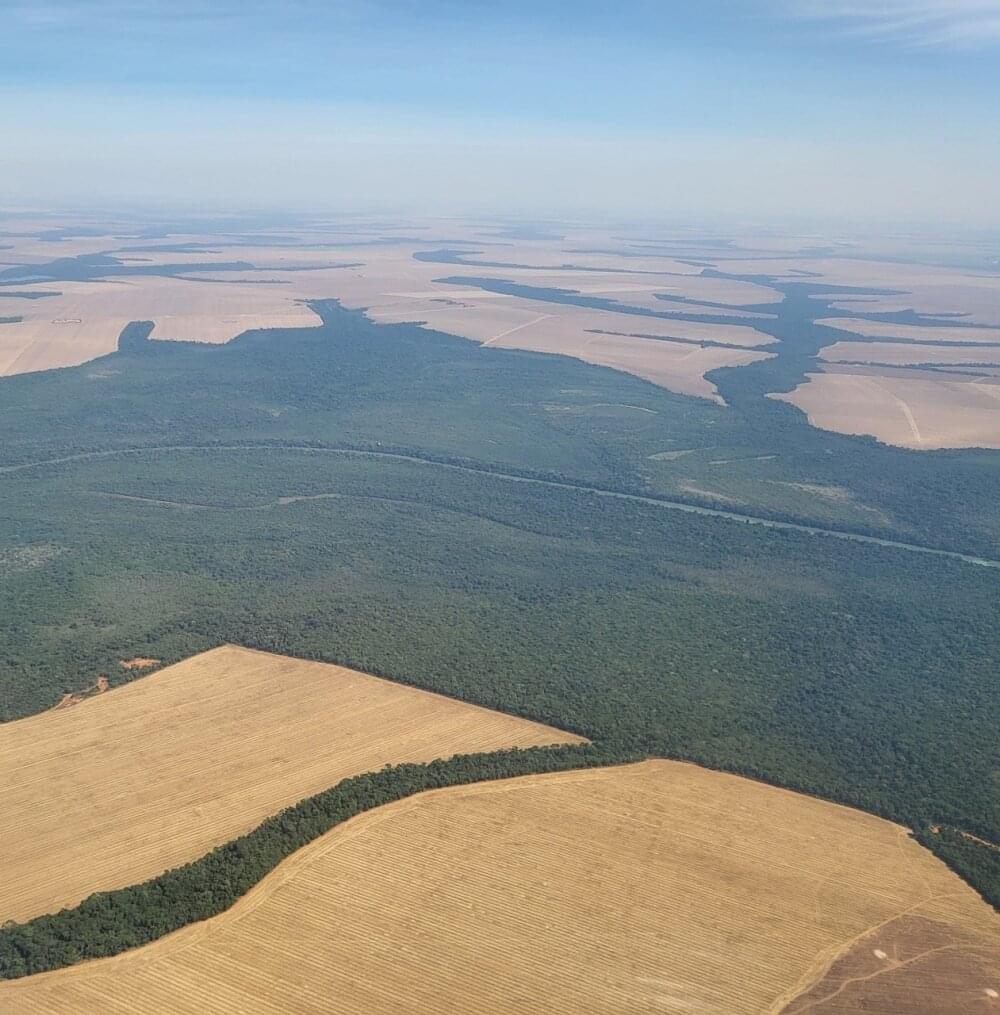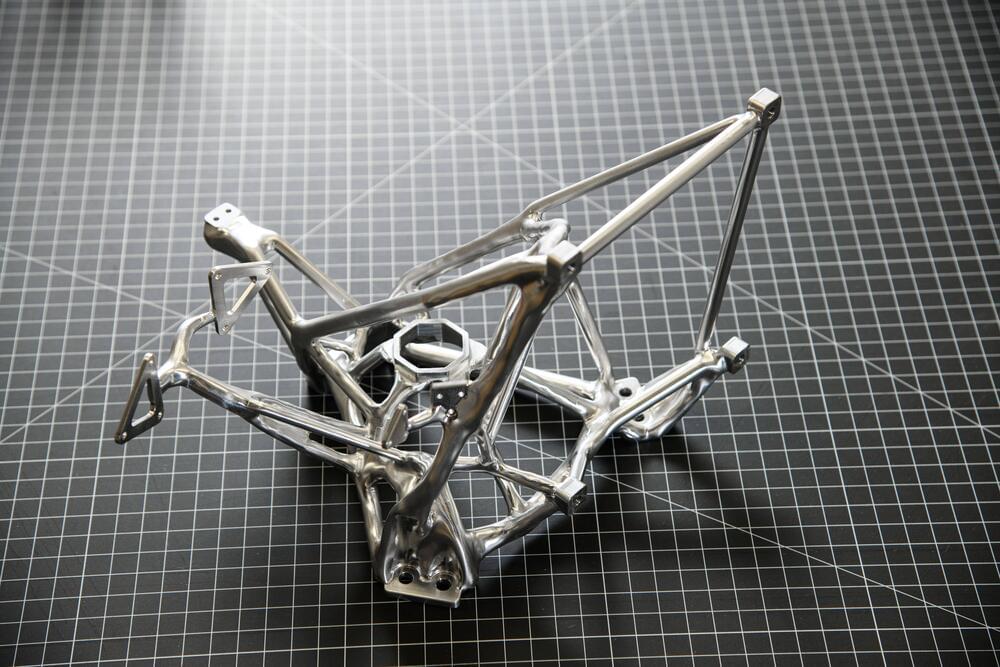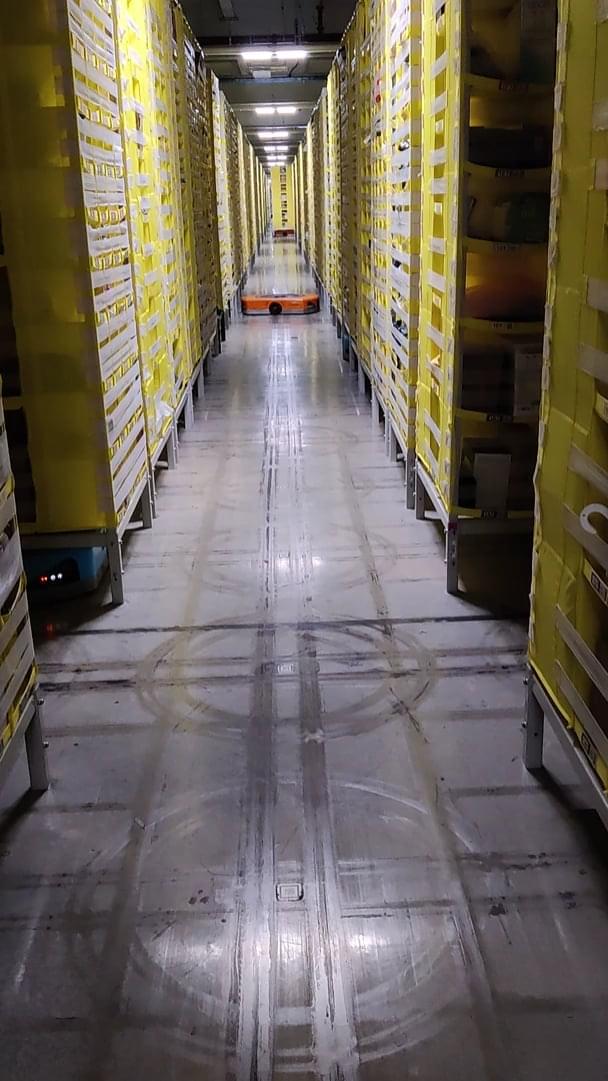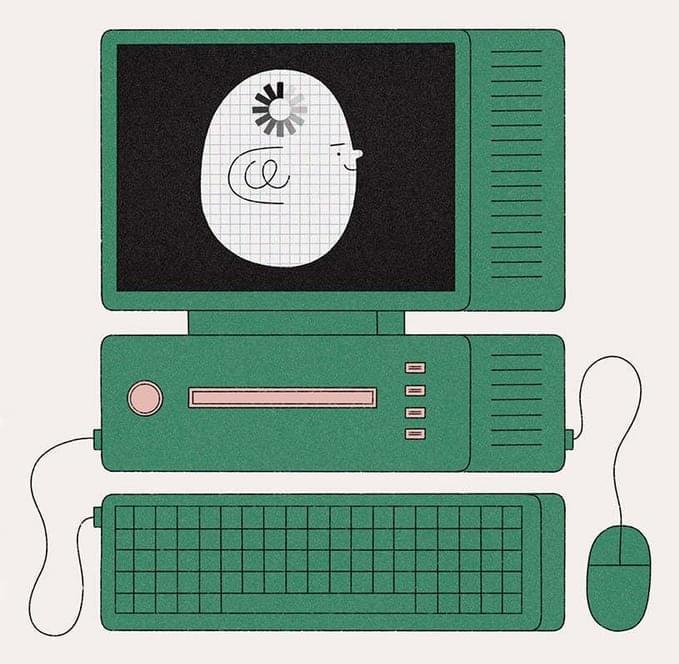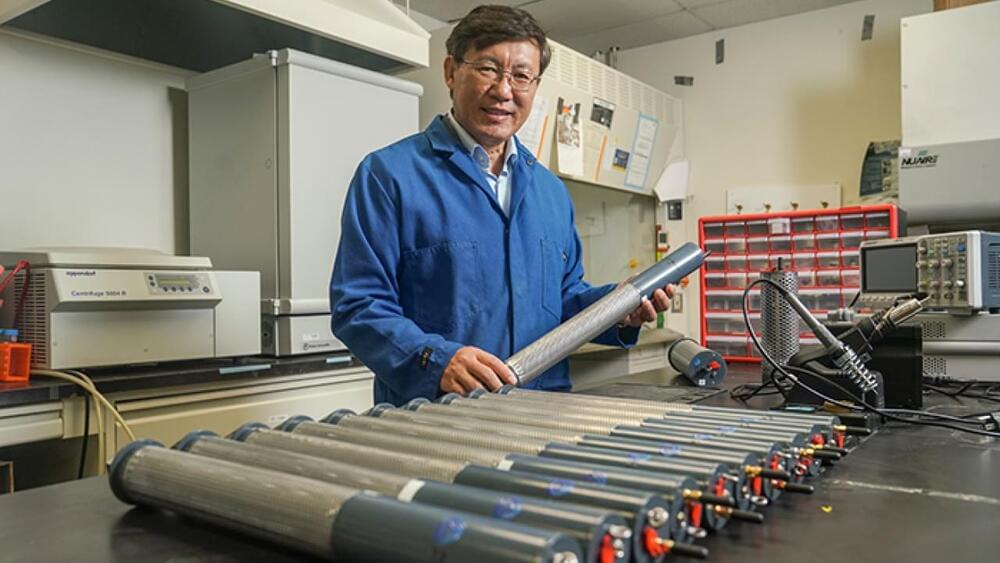
Zhongli Pan is the recipient of the 2023 Distinguished Service Award by the Rice Technical Working Group, which will be presented at the 2023 RTWF Conference on February 20–23. The award recognizes individuals who have given distinguished long-term service to the rice industry in areas of research, education, international agriculture, administration and industry rice technology.
Post-harvest losses are common in the global food and agricultural industry. Research shows that storage grain pests can cause serious post-harvest losses, almost 9% in developed countries to 20% or more in developing countries. To address this problem, Zhongli Pan, an adjunct professor in the Department of Biological and Agricultural Engineering, has developed a potential solution.
Pan’s recent project using an IoT (Internet of Things) based smart wireless technology to remotely detect early insect activity in storage, processing, handling and transportation may solve the insect infestation related challenges for the agricultural industry. The technology uses a novel device called SmartProbe – designed by Pan and his team using wireless sensors and cameras – and leverages cloud computing to monitor and predict insect occurrences. This could help control insect pest, reduce food loss and the fumigants used in agricultural products today. Ragab Gebreil, a project scientist in Pan’s lab, is the co-inventor of this technology.
